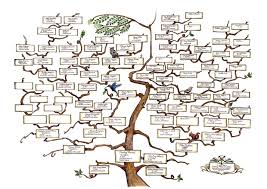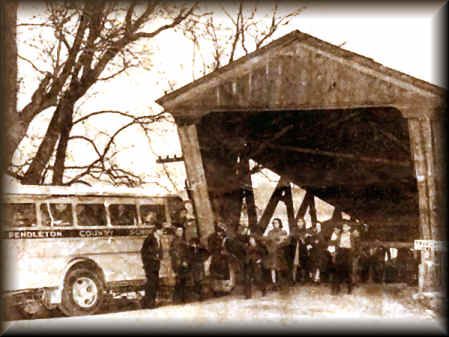Names of Families in Pendleton County Kentucky Genealogy: Images of Wills, Estates, Inventories, Appraisements, Guardianships
Assumption vs. Facts
In tracing the ancestors, the minute that we assume something, it is wrong! Family traditions, the naming of children, and certain scenarios seem to fit the puzzle, so we pencil it in. Years pass, and we still have not found anything concrete the prove our theory. But the entry is like an old friend, so we hesitate to erase it. Somehow it gets published on the Internet. Because someone else has the same entry (probably originated from ourselves), we add credibility to the situation. This is just one way in which errors get repeated. There is nothing easy about this work and mistakes are made by the bushels. It is said that tens of millions of Americans descend from King Edward I of England. We are talking about the 13th century. Since the family tree doubles with every generation which is traced backward, some 239.33 generations have since passed. Now, let us imagine a lineage chart containing all of his descendants published in the traditional individual pedigree format upon a World Chart! And that the computer program merged criteria of data. Now think of the individual errors (names and probable dates, spelled variously, and repeated) on individual family group sheets all pointing to the King. Because of name variables (and spellings) and estimated datelines, the same names of his children get repeated millions of times. As more and more charts go online, we discover a conglomeration of conflicting data.


Why Tracing Back 4 Generations is a Break-Through in the Family Tree
Pendleton County Kentucky Genealogy Records Available to Members
Indexes to Probate Records
- Wills, Estates, etc. 1841 to 1871
- Wills, Estates, etc. 1872 to 1918
- Wills, Estates, etc.1918 to 1947
Images of Wills, Inventories, Appraisements, Guardianships
- 1841 to 1871
- 1872 to 1918
John Waller
The Old Covered Bridge
